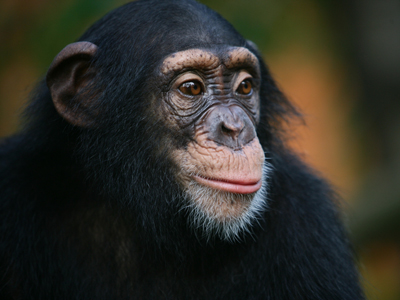
Making Gametes
This Biology quiz is called 'Making Gametes' and it has been written by teachers to help you if you are studying the subject at middle school. Playing educational quizzes is a fabulous way to learn if you are in the 6th, 7th or 8th grade - aged 11 to 14.
It costs only $12.50 per month to play this quiz and over 3,500 others that help you with your school work. You can subscribe on the page at Join Us
Cell division is one of the processes studied in middle school Biology. This quiz focuses on one particular type, meiosis, which is used in the making of gametes. Gametes are the female and male sex cells - eggs and sperm. The gametes are made in the ovary and testes by a special type of reduction cell division called meiosis.
Ready for more?
not all...
quizzers. Try to win a coveted spot on our Hall of Fame Page.







